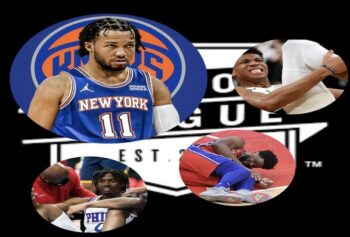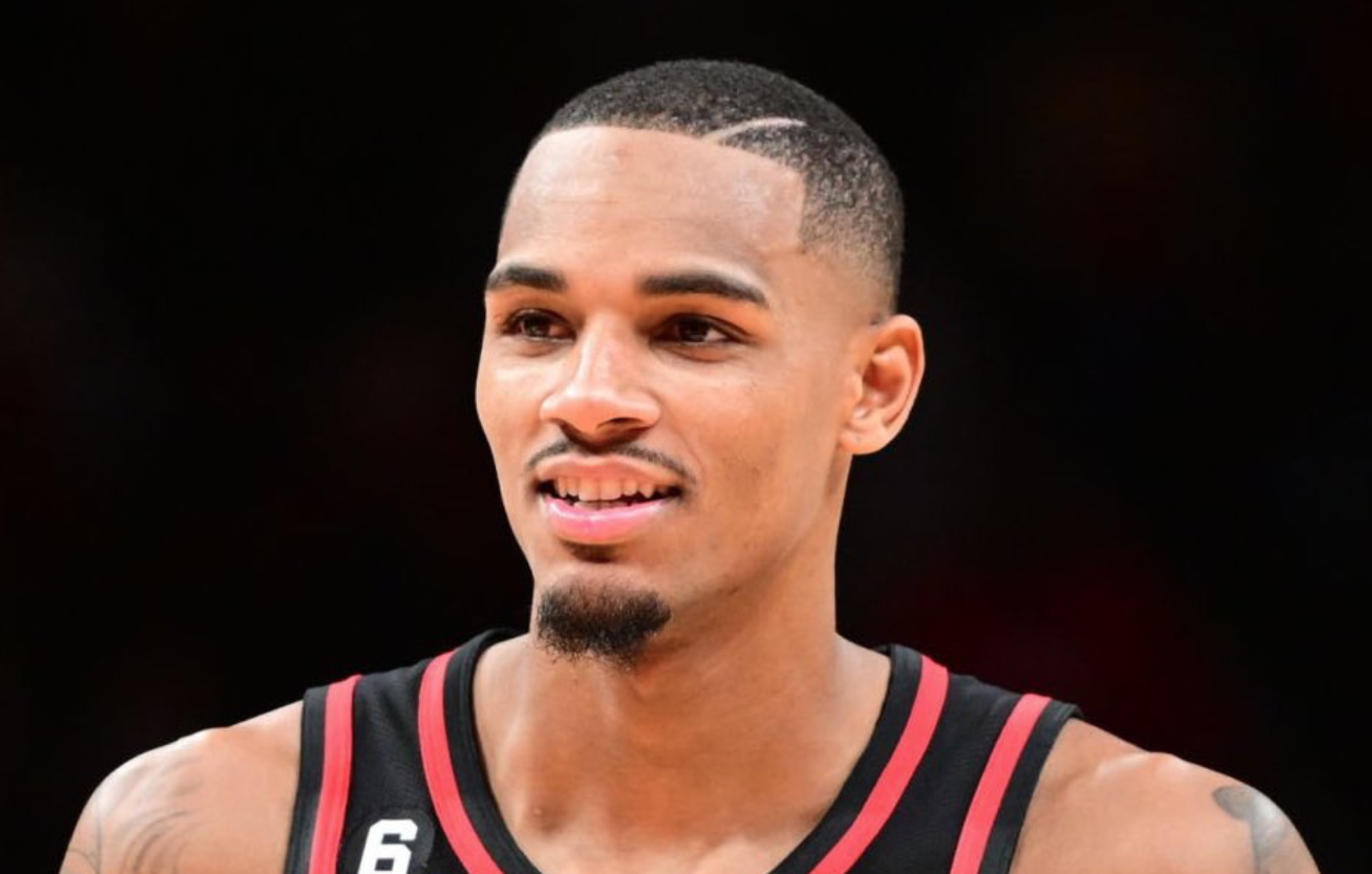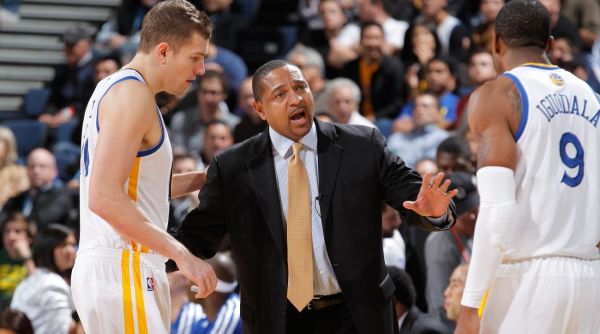Former Knicks and Nets guard Ray Williams lost his battle with colon cancer on Friday. The 58-year-old Williams was a college star with the Minnesota Golden Gophers and the 10th pick of the 1977 NBA draft by the Knicks.
He played 10 seasons in the NBA (1977-87) and as Knicks captain, led them to their only 50-victory season during a shaky 15-year period. He also dropped 52 in a game after signing with the New Jersey Nets in ’81. The Nets traded Williams to the Kansas City Kings, where he was a teammate of Knicks HC Mike Woodson, who described Williams to The NY Post as “Awesome. Physical. Tough. Knew how to play.”
Williams was a combo guard with strength. He could rebound, defend, handle the pill, shoot it or wreck you off the dribble. He was a NYC kid, doing it big in his hometown, averaging about 21 points and 6 assists per game in his third season with the Knicks.
For young Knick fans growing up in the late ‘70s Ray Williams and Michael Ray Richardson captured lightening in a bottle, however briefly. During the bridge years—between Willis Reed’s heroics and the Ewing Era, they combined to form one of the flashiest and breath-taking backcourts in the league. Magic was doing work in LA, but you couldn’t tell anybody from the Q-borough that the Knicks didn’t have the sickest backcourt.
Williams returned to the Knicks in ’83 and bounced around the league until he retired in ’87.
His basketball exit began a 13-year swoon of failed investments and bankruptcy, which led to Williams losing his house, marriage, his health and his children. He went underground, living on the streets, and out of cars in Pompano Beach, Florida.
Williams’ legacy could have been one of the typical mal-adjusted ex-baller turned social misfit. Instead of becoming a stereotypical news blog, Williams remarried and re-connected with his community, with the help of Mt. Vernon Mayor Clinton Young, who gave the down-and-out legend a city job as “Recreational Specialist.” Williams returned to Mt. Vernon, where he and his former NBA-brother Gus blazed their early hoop-dream direction. He provided inspiration and a wealth of knowledge to a community in need, until his passing.



